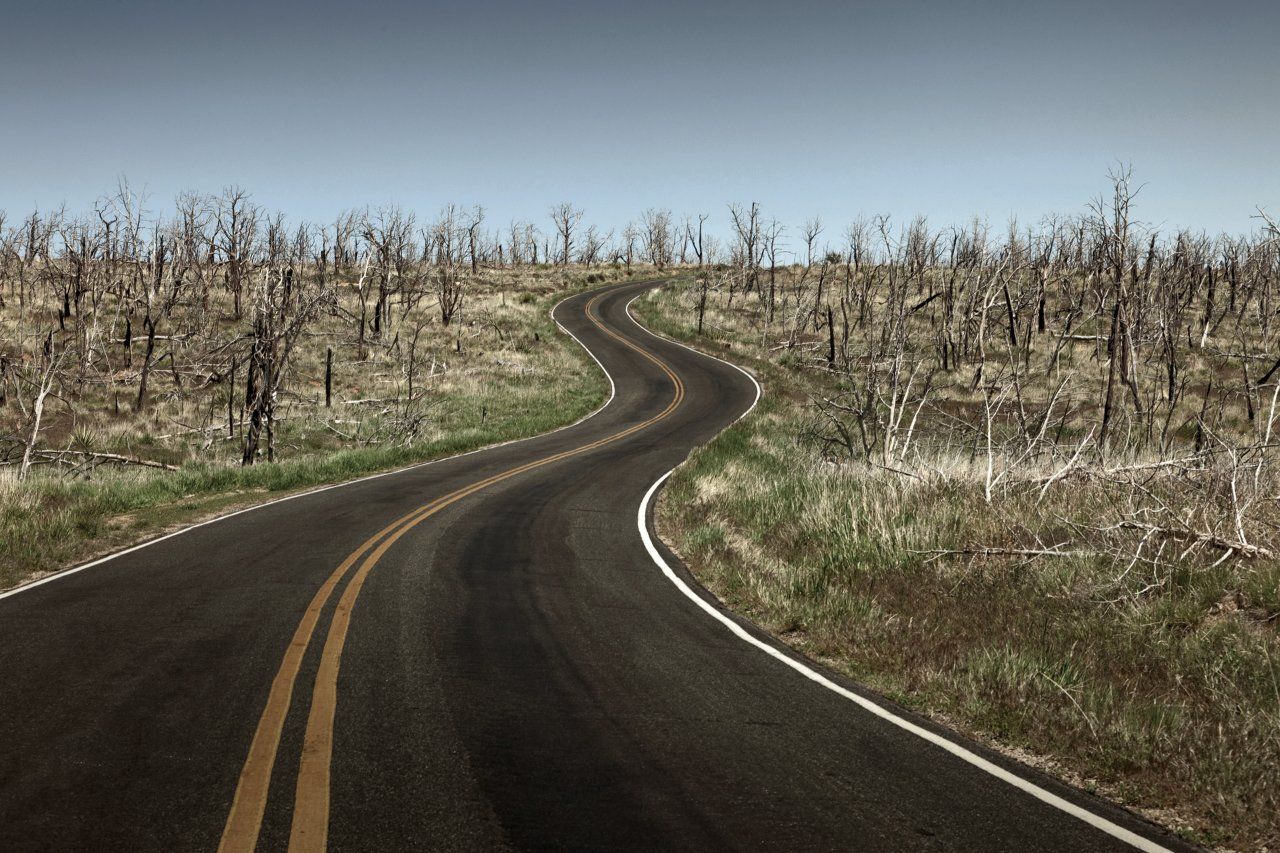
OVER THE past four years, bee colonies have undergone a disturbing transformation. As helpless beekeepers looked on, the machinelike efficiency of these communal insects devolved into inexplicable disorganization. Worker bees would fly away, never to return; adolescent bees wandered aimlessly in the hive; and the daily jobs in the colony were left undone until honey production stopped and eggs died of neglect. Colony collapse disorder, as it is known, has claimed roughly 30 percent of bee colonies every winter since 2007.
If bees go extinct, their loss will trigger an extinction domino effect, because crops from apples to broccoli rely on these insects for pollination. At the same time, over a third of the world's amphibian species are threatened with extinction, and Harvard evolutionary biologist and conservationist E.O. Wilson estimates that 27,000 species of all kinds go extinct per year.
Are we in the first act of a mass extinction that will end in the death of millions of plant and animal species across the planet, including us? Proponents of the "sixth extinction" theory believe the answer is yes.
Our planet has been through five mass extinctions before. The dinosaur extinction was the most recent, but hardly the most deadly: dinosaurs were among the 76 percent of all species on earth that were extinguished, but 185 million years before that, there was a mass extinction so devastating that paleontologists have nicknamed it the Great Dying. At that time, 95 percent of all species on the planet were wiped out over a span of roughly 100,000 years.

The climate change that occurred during the Great Dying—most likely involving megavolcanoes that erupted for centuries in Siberia—was similar to the one our planet is undergoing right now. Regardless of whether humans are responsible, the sixth mass extinction on earth is going to happen. We have ample evidence that earth is headed for disaster, from elevated rates of extinction among birds and amphibians to superstorms and the recent Midwestern drought, corroborating the idea that we might be living through the early days of a new mass extinction.
Assigning blame is less important than figuring out how to prepare for the inevitable and survive it—not just as humans alone on a world gone to hell, but along with the planet's myriad ecosystems as well. The long-term goal for Homo sapiens as a species right now should be to survive for at least another million years. It's not much to ask. As we know, a few species have survived for billions of years, and many have survived for tens of millions. Our ancient ancestors started exploring the world beyond Africa over a million years ago and lived through harsh conditions while another human group, the Neanderthals, did not. This isn't just because we are lucky. It's because as a species we are extremely cunning when it comes to survival. And so it seems fitting to pick the next million years as the first distant horizon where we'll set our sights.
There are, of course, things we can do in the short term to help us along: modeling natural disasters and pandemics; building cities that are safer and more sustainable; bringing food sources closer to home. Key, too, is controlling our carbon output. But beyond that we're going to have to use all our technological know-how to make dramatic changes to the planet we live on—and then to find ways of escaping it to build cities on the moon and on other planets. Ultimately, our future is among the stars.
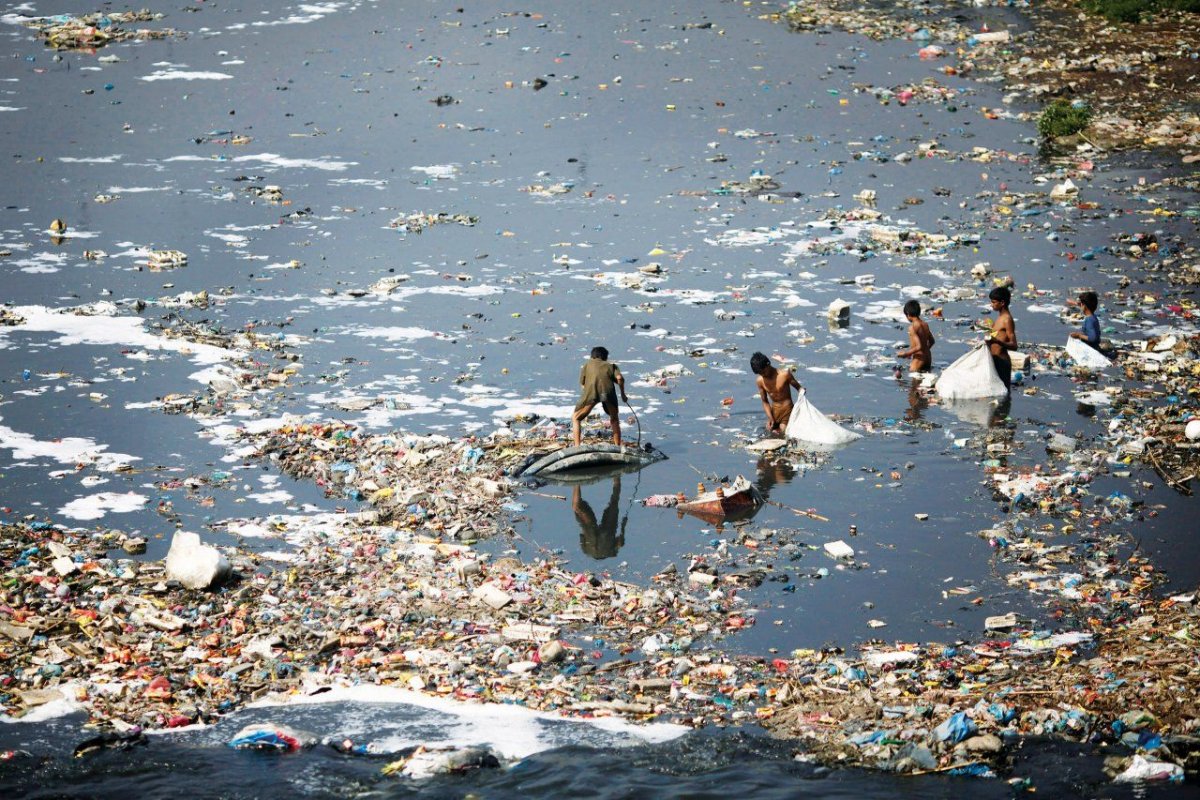
SURVIVING ON EARTH
No matter what we do to control our fossil-fuel use and carbon output, our climate has already been permanently changed for the next millennium. To prevent the planet from becoming uninhabitable, we'll have to take our control of the environment a step further and become geoengineers, using technology to shape geological processes. Though "geoengineering" is the proper term here, I use the word "terraforming" because it refers to making other planets more comfortable for humans. As geoengineers, we aren't going to "heal" the earth or return it to a prehuman "state of nature." That would mean submitting ourselves to the vicissitudes of the planet's carbon cycles, which have already caused several mass extinctions. What we need to do is actually quite unnatural: we must prevent the earth from going through its periodic transformation into a greenhouse that is inhospitable to humans and the food webs where we evolved. Put another way, we need to adapt the planet to suit humanity.
To make earth more human-friendly, our geoengineering projects will need to cool the planet down and remove carbon dioxide from the atmosphere. These projects fall into two categories. The first, called solar management, would reduce the sunlight that warms the planet. The second, called carbon-dioxide removal, does exactly what it sounds like.
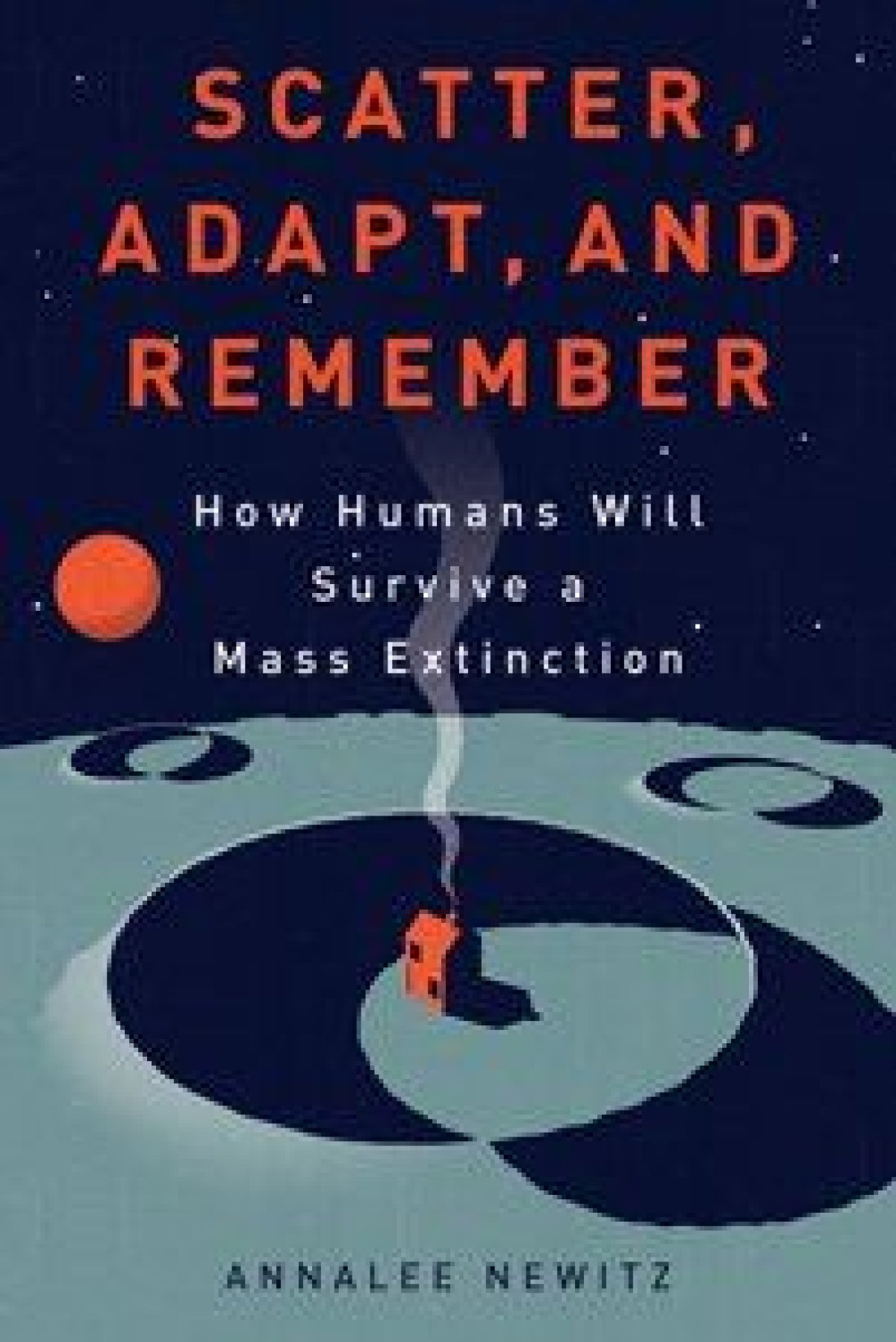
Futurist Jamais Cascio, author of Hacking the Earth: Understanding the Consequences of Geoengineering, predicts that we'll see an attempt to initiate a major geoengineering project in the next 10 years, and it will probably be solar management. "It's a faster effect and tends to be relatively cheap, and some estimates are in the billion-dollar range," he said. "It's cheap enough that a small country or a rich guy with a hero complex who wants to save the world could do it." Indeed, one solar-management project is already under way, albeit inadvertently. Evidence suggests that sulfur-laced aerosol exhaust emitted by cargo ships on the ocean changes the structure of high clouds, making them more reflective and possibly cooling temperatures over the water. Some solar-management plans take note of this discovery and propose that we fill the oceans with ships spraying aerosols high into the air. But other strategies are more radical.

To find out how we'd shield our planet from sunlight, I visited the University of Oxford, winding my way through the city's maze of pale gold spires and stone alleys to find an enclave of would-be geoengineers. Few deliberate geoengineering projects have been tried to date, but the mandate of the future-focused Oxford Martin School is to tackle scientific problems that will become important over the next century. One of its researchers is Simon Driscoll, a young geophysicist who divides his time between studying historic volcanic eruptions and figuring out how geoengineers could duplicate the effects of a volcano in the earth's atmosphere without actually blowing anything up.
Driscoll told me about what volcanoes do to the atmosphere while cobbling together cups of tea in the cluttered atmospheric-physics department kitchen. Along with all the flaming lava, they emit tiny airborne particles called aerosols, which are trapped by the earth's atmosphere. He cupped his hands into a half sphere over the steam erupting from our mugs of tea, pantomiming the layers of earth's atmosphere trapping aerosols. Soot, sulfuric acid mixed with water, and other particles erupt from the volcano and shoot far above the breathable part of our atmosphere, but remain hanging somewhere above the clouds, scattering solar radiation back into space. With less sunlight hitting the earth's surface, the climate cools. This is exactly what happened after the famous eruption of Krakatoa in the late 19th century. The eruption was so enormous that it sent sulfur-laced particles high into the stratosphere, a layer of atmosphere that sits between six and 29 miles above the planet, where they reflected enough sunlight to lower global temperatures by 2.2 degrees Fahrenheit on average. The particles altered weather patterns for several years.
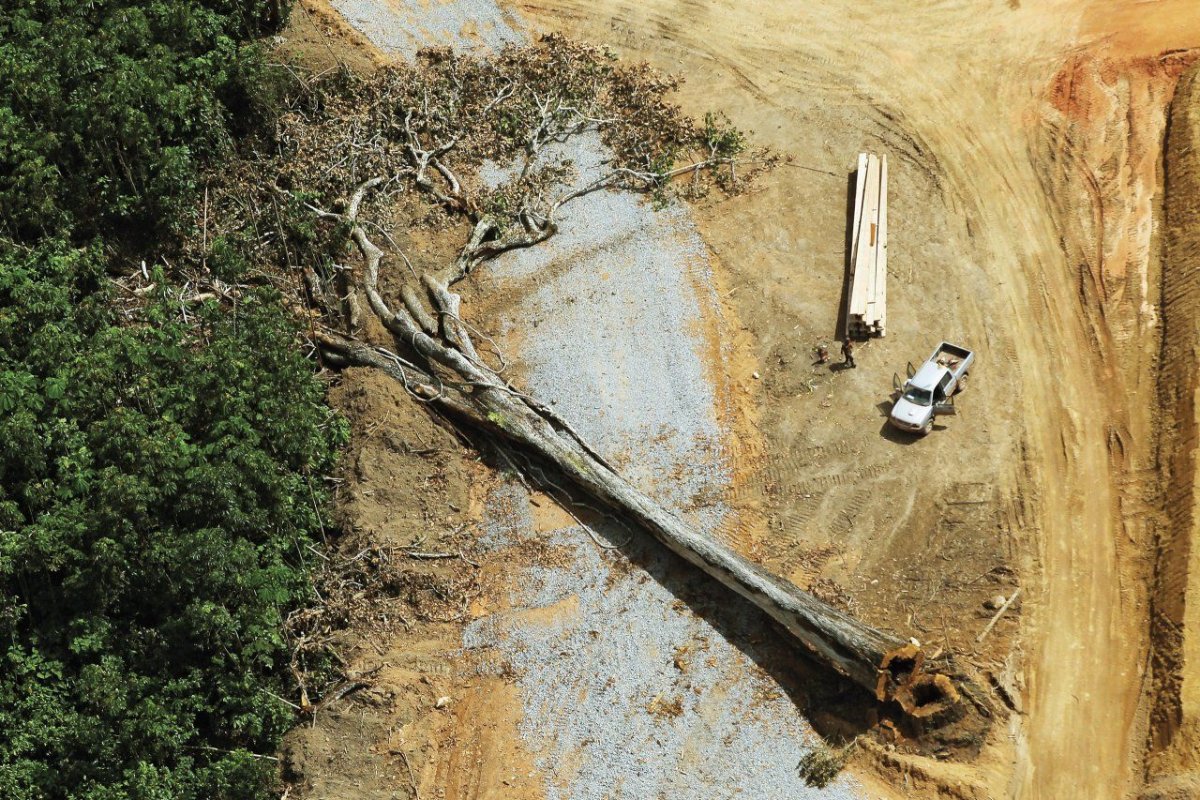
Driscoll drew a model of the upper atmosphere on a whiteboard. "Here's the troposphere," he said, drawing an arc. Above that he drew another arc for the tropopause, which sits between the troposphere and the next arc, the stratosphere. Most planes fly roughly in the upper troposphere, occasionally entering the stratosphere. To cool the planet, Driscoll explained, we'd want to inject reflective particles into the stratosphere, because it's too high for rain to wash them out. These particles might remain floating in the stratosphere for up to two years, reflecting the light and preventing the sun from heating up the lower levels of the atmosphere, where we live. Driscoll's passion is in creating computer models of how the climate has responded to past eruptions. He then uses those models to predict the outcomes of geoengineering projects.
Harvard physicist and public-policy professor David Keith has suggested that we could engineer particles into tiny, thin discs with "self-levitating" properties that could help them remain in the stratosphere for over 20 years. "There's a lot of talk about 'particle X,' or the optimal particle," Driscoll said. "You want something that scatters light without absorbing it." He added that some scientists have suggested using soot, a common volcanic byproduct, because it could be self-levitating. The problem is that data from previous volcanic eruptions show that soot absorbs low-wavelength light, which causes unexpected atmospheric effects. If past eruptions like Krakatoa are any indication—and they should be—massive soot injections would cool most of the planet, but changes in stratospheric winds would mean that the area over Eurasia's valuable farmlands would get hotter. So the unintended consequences could actually make food security much worse.
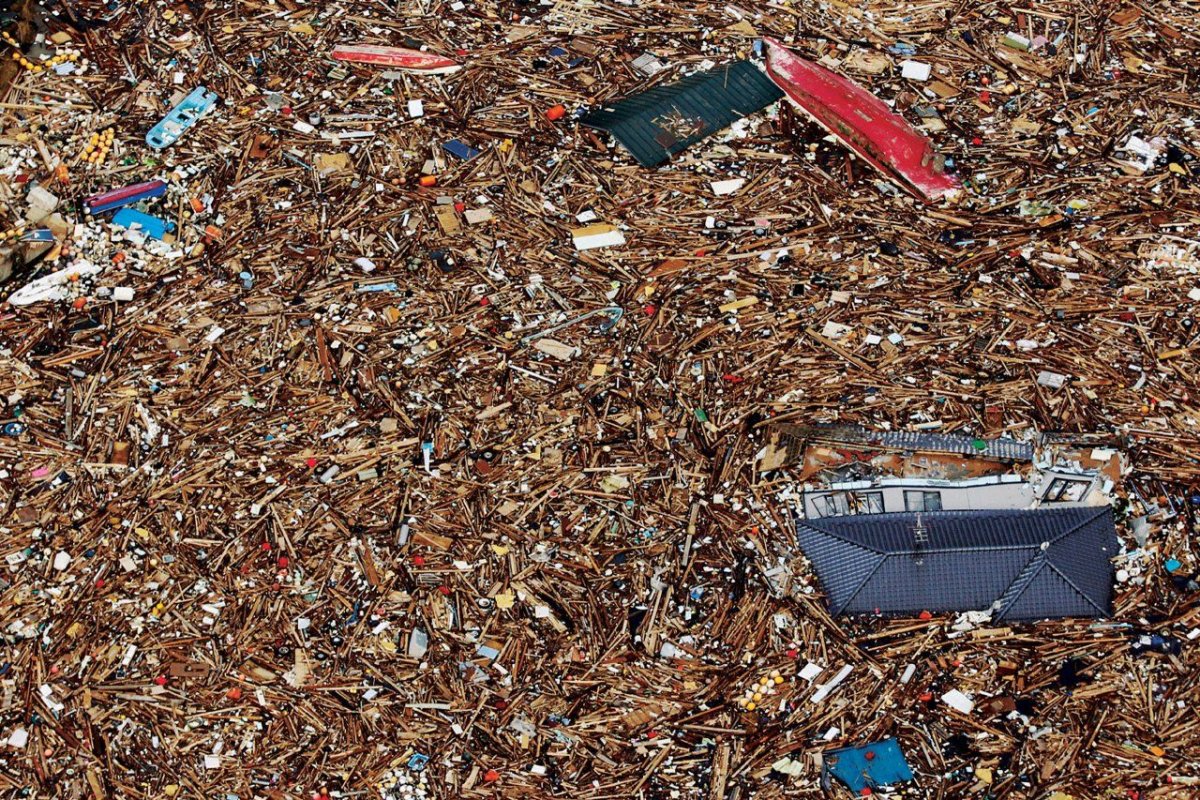
It's not clear how we'd accomplish the monumental task of injecting the particles, but getting particles into the atmosphere isn't the tough part. The real issues, for Driscoll and his colleagues, is the unintended consequences of doping our atmosphere with substances normally unleashed during horrific catastrophes. Rutgers atmospheric scientist Alan Robock has run a number of computer simulations of the sulfate-particle injection process and warns that it could destroy familiar weather patterns, erode the ozone layer, and hasten the process of ocean acidification, a major cause of extinctions. "I think a lot about the doomsday things that might happen," Driscoll said. Unintended warming and acidification are two possibilities, but geoengineering could also "shut down monsoons," he speculated.
Nonetheless, if the planet starts heating up rapidly, and droughts are causing mass death, it's very possible that we'll become desperate enough to try solar management. The planet would rapidly cool a few degrees and give crops a chance to thrive again. What would it be like to live through a geoengineering project like that? "People say we'll have white skies—blue skies will be a thing of the past," Cascio said. Plus, solar management is only "a tourniquet," he warned. The greater injury would still need treating. We might cut the heat, but we'd still be coping with elevated levels of carbon in our atmosphere, interacting with sunlight to raise temperatures. When the reflective particles precipitated out of the stratosphere, the planet would once again undergo rapid, intense heating. "You could make things significantly worse if you're not pulling carbon down at the same time," Cascio said.

That's why we need a way of removing carbon from the atmosphere while we're blocking the sun. One of the only geoengineering efforts ever tried was aimed at pulling carbon out of the atmosphere using one of the earth's most adaptable organisms: algae called diatoms. In several experiments, geoengineers fertilized patches of the Southern Sea with powdered iron, creating a feast for local algae. This resulted in enormous algae blooms. The scientists' hope was that the single-celled organisms could pull carbon out of the air as part of their natural life cycle, sequestering the unwanted molecules in their bodies and releasing oxygen in its place. As the algae died, they would fall to the ocean bottom, taking the carbon with them. During many of the experiments, however, the diatoms released carbon back into the atmosphere when they died instead of transporting it into the deep ocean. While a few experiments have suggested that carbon-saturated algae can sink to the ocean floor under the right conditions, the jury on this option is still out.
Another possibility would be to enlist the aid of rocks. One of the most intriguing theories about how we'd manipulate the earth into pulling down carbon was dreamed up by Tim Kruger, who heads the Oxford Martin School's geoengineering efforts. I met with him across campus from Driscoll's office, in an enormous stone building once called the Indian Institute and devoted to training British civil servants for jobs in India. It was erected at the height of British imperialism, long before anyone imagined that burning coal might change the planet as profoundly as colonialism did.

Kruger is a slight, blond man who leans forward earnestly when he talks. "I've looked at heating limestone to generate lime that you could add to seawater," he explained in the same tone another person might use to describe a new recipe for cake. Of course, Kruger's cake is very dangerous—though it might just save the world. "When you add lime to seawater, it absorbs almost twice as much carbon dioxide as before," he continued. Once all that extra carbon was locked into the ocean, it would slowly cycle into the deep ocean, where it would remain safely sequestered. An additional benefit of Kruger's plan is that adding lime to the ocean could also counteract the ocean acidification we're seeing today. Given that geologists have ample evidence that previous mass extinctions were associated with ocean acidification, geoengineering an ocean with lower acid levels is obviously beneficial. "A caveat is that we don't know what the environmental side effects of this would be," Kruger said, echoing the refrain I'd already heard from Driscoll and others.
Another possible method of pulling carbon down with rocks is called "enhanced weathering." We can see a model for this in the Ordovician period, about 450 million years ago. During this period, intense weathering from wind and rain wore the Appalachian Mountains down to a flat plain; runoff from the shrinking mountains took tons of carbon out of the air, raising oxygen levels and sending the planet from greenhouse to deadly icehouse. Cambridge physicist David MacKay recommends this form of geoengineering in his book Sustainable Energy—Without the Hot Air. "Here is an interesting idea: pulverize rocks that are capable of absorbing CO2, and leave them in the open air," he writes. "This idea can be pitched as the acceleration of a natural geological process." MacKay imagines finding a mine full of magnesium silicate, a white, frangible mineral often used in talcum powder. We'd spread magnesium-silicate dust across a large area of landscape or perhaps over the ocean. Then the magnesium silicate would quickly absorb carbon dioxide, converting it to carbonates that would sink deep into the ocean as sediment.

However we do it, we need to begin to maintain the climate at a temperature that's ideal for human survival. Instead of allowing the planet's carbon cycle to control us, we would control it. We would adapt the planet to our needs by using methods learned from the earth's history of extraordinary climate changes and geological transformations. We'll also need to adapt the climate to serve the creatures that share the world's ecosystems with us. If we want our species to be around for another million years, we have no choice. We must take control of the earth. We must do it in the most responsible and cautious way possible, but we cannot shy away from the task if we are to survive.

LEAVING HOME
Eventually, however, the day will come when we will have to move beyond patrolling our planetary backyard and start laying the foundations for a true interplanetary civilization. Asteroid defense and geoengineering will only take us so far. We need to scatter to outposts and cities on new worlds so that we're not entirely dependent on earth for our survival—especially when life here is so precarious. Just one impact of 10 on the Torino scale, which measures the dangers involved with "near-earth objects," could destroy every human habitat here on our home planet. As horrific as that sounds, we can survive it as a species if we have thriving cities on Mars, in space habitats, and elsewhere when the big one hits.
The problem is that we can't just put our belongings into a cart and hightail it out of Rome, like my ancestors did when things got ugly in the first century C.E. Currently we don't have a way for people to escape the gravity well of planet earth on a regular basis. The only way to get to space right now is in a rocket, which takes an enormous amount of energy and money—especially if you want to send anything bigger than a mobile phone into orbit. Rockets are useless for the kind of off-world commuter solution we'll need if we're going to become an interplanetary civilization, let alone an interstellar one. That's why an international team of scientists and investors is working on building a 62-mile-high space elevator that would use very little energy to pull travelers out of the gravity well and up to a spaceship dock. It sounds completely preposterous, and yet it is no longer a proposal merely for the sci-fi imagination.
How would such an elevator work? That was the subject of a three-day conference I attended in the late summer of 2011 at Microsoft's Redmond, Washington, campus, where scientists and enthusiasts gathered in a tree-shaded cluster of buildings to talk about plans to undertake one of humanity's greatest engineering projects. Some say the project could get started within a decade, and NASA has offered prizes of up to $2 million to people who can come up with materials to make it happen.
Physicist and inventor Bryan Laubscher kicked off the conference by giving us a broad overview of the project and where we are with current science. The working design that the group hopes to realize comes from a concept invented by a scientist named Bradley Edwards, who wrote a book about the feasibility of space elevators in the 1990s called Leaving the Planet by Space Elevator. His design calls for three basic components: a robotic "climber" or elevator car; a ground-based laser-beam power source for the climber; and an elevator cable, the "ribbon," made of ultra-light, ultra-strong carbon nanotubes. The elevator would be attached to the earth at the equator, where geostationary orbit happens, probably on a floating platform off the coast of Ecuador in international waters. (Edwards's design was inspired, in part, by Arthur C. Clarke's description of a space elevator in his novel The Fountains of Paradise. When you're trying to take engineering in a radical new direction that's never been tried before, sometimes science fiction is your only guide.)

A space elevator would be a permanent road into space, making it possible for people to make one or more trips per day into orbit. Passengers could bring materials up with them so that we could start building ships and habitats in space. Once we start mining and manufacturing in space, elevators would be used to bring payloads back down, too. Most important, a working space elevator is many thousands of times cheaper than the one-time-use Soyuz rockets that bring supplies to the International Space Station, and also would pull cargo out of our gravity rather than pushing it using carbon-emission-heavy fuels.
Once we've got a reliable and sustainable method of leaving the planet, we can begin our exodus from earth in earnest. The space elevator, or another technology like it, could be the modern human equivalent of the well-trodden path that took humans out of Africa and into what became the Middle East, Asia, and Europe. It's the first leg on our next long journey as we scatter throughout the solar system.
There will be many steps beyond that to adjust to life in space. But if we've learned anything from the survivors among our ancestors, it's that staying put and fighting change are not good tactics if we want to live. Survivors range over vast regions. If they encounter adversity in one environment, they try to escape and adapt to a new environment. Survivors prefer the bravery of exploration to the bravery of battle.
With the help of scientifically informed models, we can consider how we would deal with many possible future scenarios. What if an asteroid hit? A flood? A plague? A drought? Right now, we have many excellent ways of figuring out how each of these species-ending disasters might unfold—and we have ways of preventing most of them from killing us all.
But we also need to plan to deal with disasters we know for certain aren't survivable right now. Those are the kinds of disasters that require us to build cities on Mars, Titan, Europa, the moon, asteroids, and any other uninhabited chunk of matter we can find. The more we explore, the more likely it is that our species will make it.
Excerpted from the forthcoming Scatter, Adapt and Remember by Annalee Newitz. Copyright © 2013 by Annalee Newitz. Printed with permission by Doubleday, a division of Random House, Inc., and Viking, an imprint of Penguin Canada. All rights reserved.
Uncommon Knowledge
Newsweek is committed to challenging conventional wisdom and finding connections in the search for common ground.
Newsweek is committed to challenging conventional wisdom and finding connections in the search for common ground.
About the writer
To read how Newsweek uses AI as a newsroom tool, Click here.








